Kiwi Ears KE4: The Next Step Forward
Kiwi Ears' new KE4 might not be perfect, but it’s close enough that it's probably one of the easiest IEM recommendations I can give in 2024. Why? Let’s talk about it.
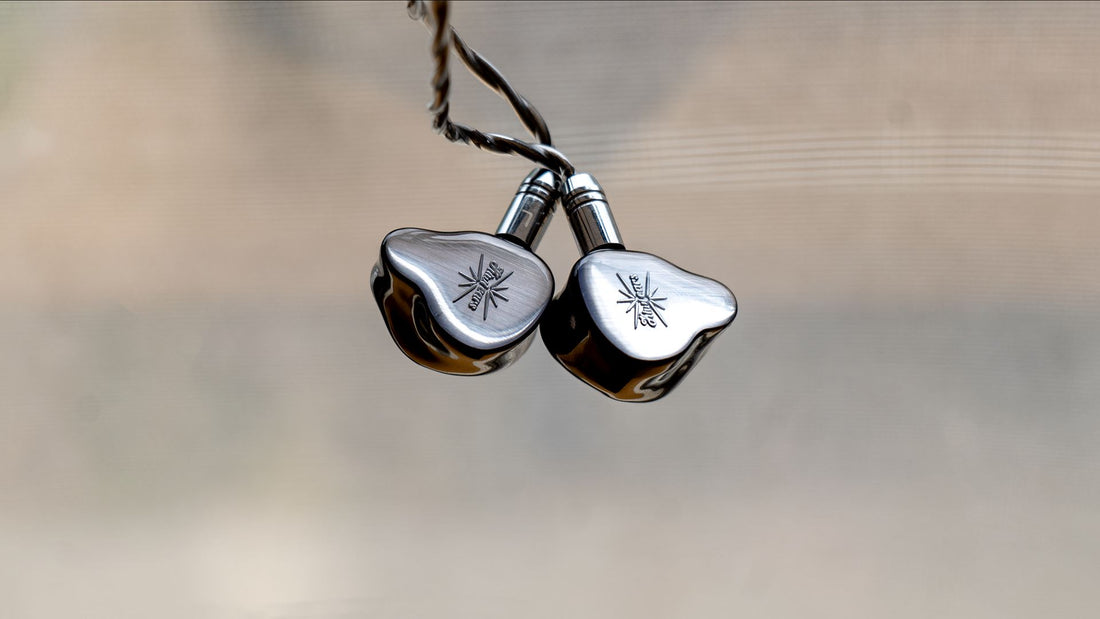
The KE4 is the newest IEM from Kiwi Ears, who have been a fixture of the chi-fi IEM space, specifically with their offerings in the budget and “mid-fi” sphere.
Their product history has been a bit of a dubious one, at times releasing well-liked IEMs like their original Orchestra or Quintet, while at other times releasing much less beloved IEMs like the Quartet or Singolo.
I’ve personally only liked one of their offerings in the past (that being the Quintet), but I was given a tip by an industry friend to check out their newest KE4 if I could, because he thought I would like it. Spoiler for the rest of the review: said friend ended up being correct.
While KE4 still isn’t perfect, it’s probably one of the easiest IEM recommendations I can give in 2024. Why? Let’s talk about it.
What we like
- Exceptional, if warm-leaning midrange tuning
- One of the better ergonomic experiences I’ve had in this price range
- Relaxed overall experience that prioritizes easy listening
What we don’t like
- Too much bass and treble for this style of midrange tuning
- Limited accessories package, only 3 pairs of ear tips
- Not especially engaging for those who want their IEM to sound “exciting” and are willing to accept tonal color
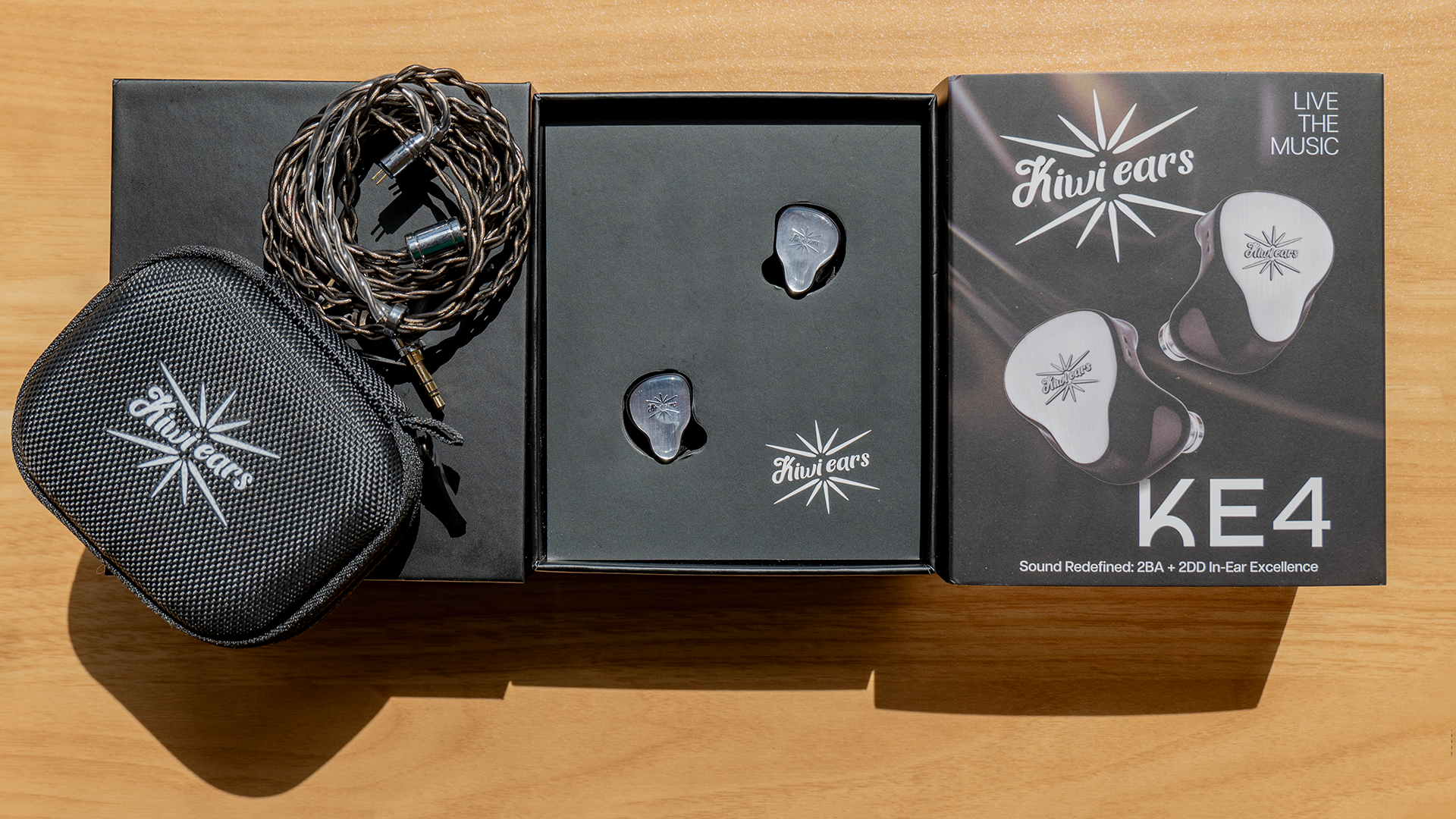
Build, Design, Comfort, and Accessories
IEMs in this category and price range have historically been a mixed bag comfort-wise (if trending slightly to the poor side). Sonically, my favorites near this price range are either too large in one aspect or overall, or have a bit of an issue with how they’re molded such that they don’t fit snugly in my ear. KE4 has neither of these issues, and is actually among the better fitting IEMs I’ve ever used.
KE4’s shell is neither gigantic, nor molded poorly, and takes little negotiation to fit snugly into my concha with a smooth ingress. It’s a resin IEM, and as such isn’t especially heavy either. The nozzle isn’t small, but also isn’t as wide as many other IEMs that have been known to cause problems due to their nozzle girth. In terms of shell ergonomics alone, KE4 is winning me over pretty quickly.
Crinacle seemed to get significant driver flex with his unit, but I never experienced this, so I guess results may vary in this regard. While it doesn’t seem like KE4 is front-vented at all, and the occlusion effect for listening to my own voice is a bit intrusive, it wasn’t quite as “pressurized” feeling in my ears as fully-sealed IEMs like the IER-M7 I recently reviewed.

Included tips are, unfortunately, scarce. You get three sizes—S, M, and L—of Kiwi Ears’ own “Flex Tips,” which strike me as a cross between AZLA’s ASMR tips and Spinfit’s CP100 tips. They have a “spring-like” core akin to the Spinfit, as well as a “grille” or wax guard in the opening of the tip itself. I personally don’t love tips with cores that fold and compress, as they add an element of uncertainty to every seating, but as far as I can tell this kind of tip was necessary for the tuning of this IEM. They’re not uncomfortable for me, so I won’t dock too many points for this choice.
The included cable is fine, though interestingly it’s not a modular cable, which has become a common feature even on IEMs half KE4’s price. It’s a fairly compliant braided 2-pin PVC cable with a basic chin slider and a 3.5mm TRS termination; nothing exceptional, but on the good side of included cables regarding both ergonomics as well as perceived build quality.
The look of KE4 is also greatly to my taste, being more “normal” and less flashy. It reminds me of an evolution of Kiwi Ears’ Quintet, which also had a black shell and metal-looking faceplate. However, the KE4 also has what seems to be a clear-coat or resin atop the metallic texture which adds extra visual depth that gives a nice sense of dimension when inspected closely, while not being distracting at a distance.
In terms of build I don’t really have any complaints with KE4. The typical molded resin shell feels about as sturdy and solid as any other IEM like this, and the cable feels like it would hold up to regular use quite well.
While I can’t speak to things like build longevity, and the accessories are fine (if not exceptional), the part that most IEMs get wrong—comfort—is done exceptionally well for me, which means as long as KE4 sounds good, I wouldn’t have any reservations about recommending it.
Frequency Response and Tonality
Spoiler in case the above doesn’t make it obvious: this IEM’s tuning is excellent. While it’s not perfect, and I definitely have a few gripes, KE4 strikes one of the least-problematic balances that I’ve seen.
Getting into specifics, let’s start with the bass. It comes across as classically “Harman-like” in that there’s a noticeable emphasis on midbass which lends kick drums and bass guitars a rotund, bouncy quality that some people will absolutely find satisfying. This bulbous quality isn’t my kind of presentation though, as it often distracts from both the rumble in the sub-bass as well as the attack in the upper midrange and treble.
That said, I think many listeners are likely to enjoy this level & location of bass shelf. It doesn’t commit much cloudiness or slowness to the presentation and provides roughly the right sense of heft and weight to make most genres sound full and complete. However, I do find that when squared with the rest of the response, it’s pretty clear (at least to me) that it’s a bit too much bass for specifically the amount of upper midrange present here.
Before we get to that though, the lower midrange here is absolutely exceptional. And when I say that, I mean “essentially perfect.” While the bass takes care not to “bleed” into the lower midrange, it takes extra care to make sure this doesn’t come at the cost of the lower midrange being properly filled in. Male vocals sound complete, intimate, and above all correct. Guitars sound natural, snare drums sound heavy and resolute, and everything else with midrange presence sounds properly supported in the fundamentals.
I want to be clear, this is an area that even other “new meta” IEMs haven’t handled quite this well, so KE4 has actually achieved something pretty special here. I’m gonna say it right now: when it comes to midrange naturalness and ease-of-listening, KE4 is the IEM to beat in the market right now.
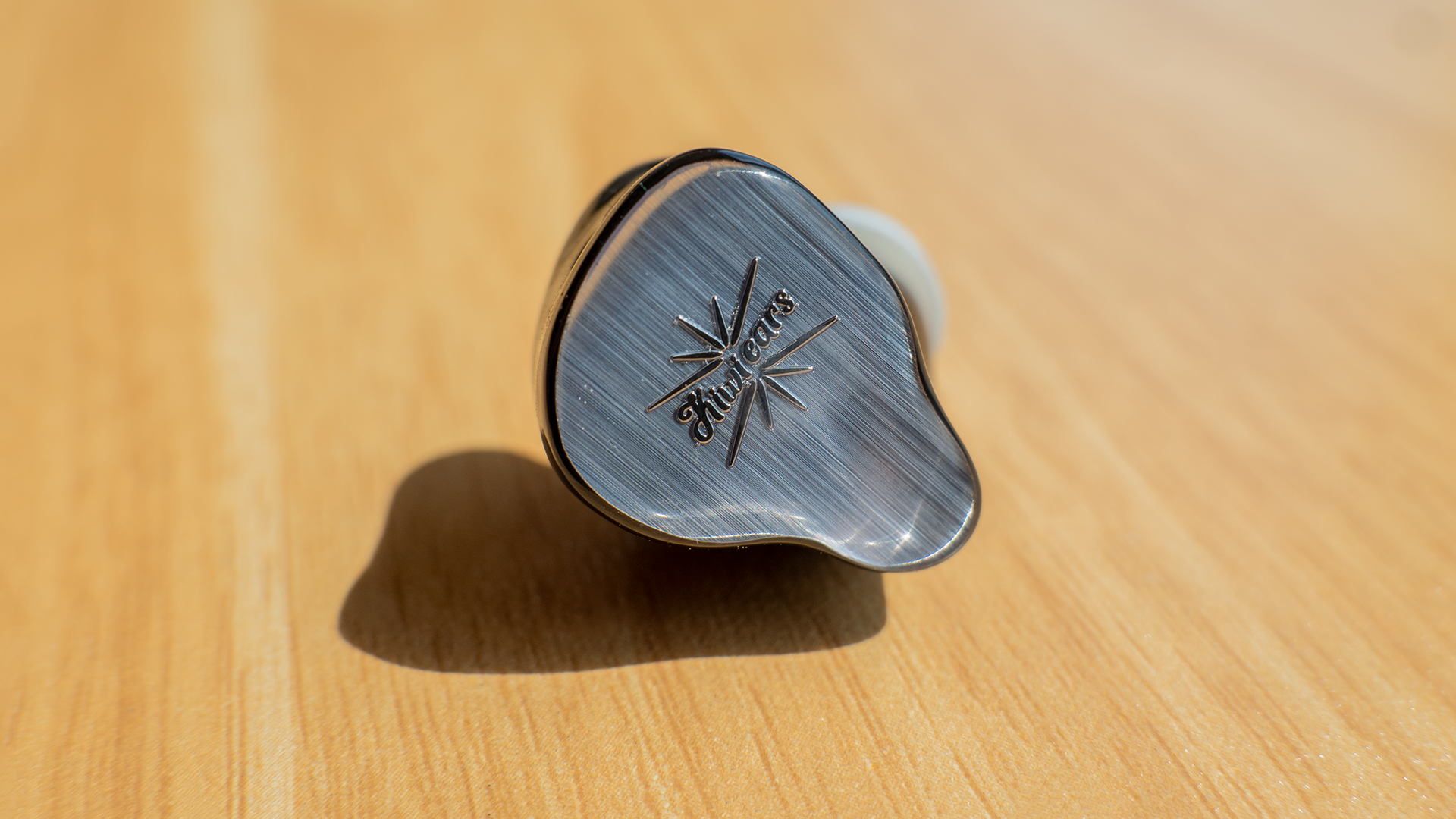
Unfortunately, KE4 still has a compromise in the midrange, but this time it’s in the upper midrange where the rise of the “ear gain” is just a bit too late. This causes the entirety of the midrange to lean just a hair too warm for my taste. While vocals sound properly filled in under 1 kHz, they also sound just a bit distant and softened around the edges. Guitars lack a bit of intensity and texture in their upper registers, and pianos are a bit muffled and indistinct as well.
This minor over-warmed quality isn’t a dealbreaker at all, and I’d say even with this coloration that the midrange is one of the best I’ve ever heard in an IEM. But people should be aware that the lower two-thirds of the frequency response of KE4 does lean towards the sleepy and relaxed side. Especially because the bass elevation in play here is big enough to overshadow the midrange somewhat and tilt the response even further towards “fullness.”
This is what I consider the next frontier of getting this type of tuning really right; manufacturers don’t quite seem to understand that with the new approach to midrange we see here and on other “new meta” IEMs, the amount of bass typical of older tunings isn’t really appropriate, as it tilts the response too much towards pillowiness.
Moving into the treble proper, the transition region between midrange and treble (3-6 kHz region) is handled decently well. While in isolation I’d prefer this region to be a bit less elevated, the rest of the bass/midrange tuning means that a little extra energy here is welcome to stop things from getting too mushy or “low-res.” Unfortunately it still bothers me a bit, causing the gritty breathiness of certain vocals (especially vocals with significant mix compression) to come a bit too forward and sound papery and unnatural. But for the most part, I don’t notice this elevation much when I’m actually listening…
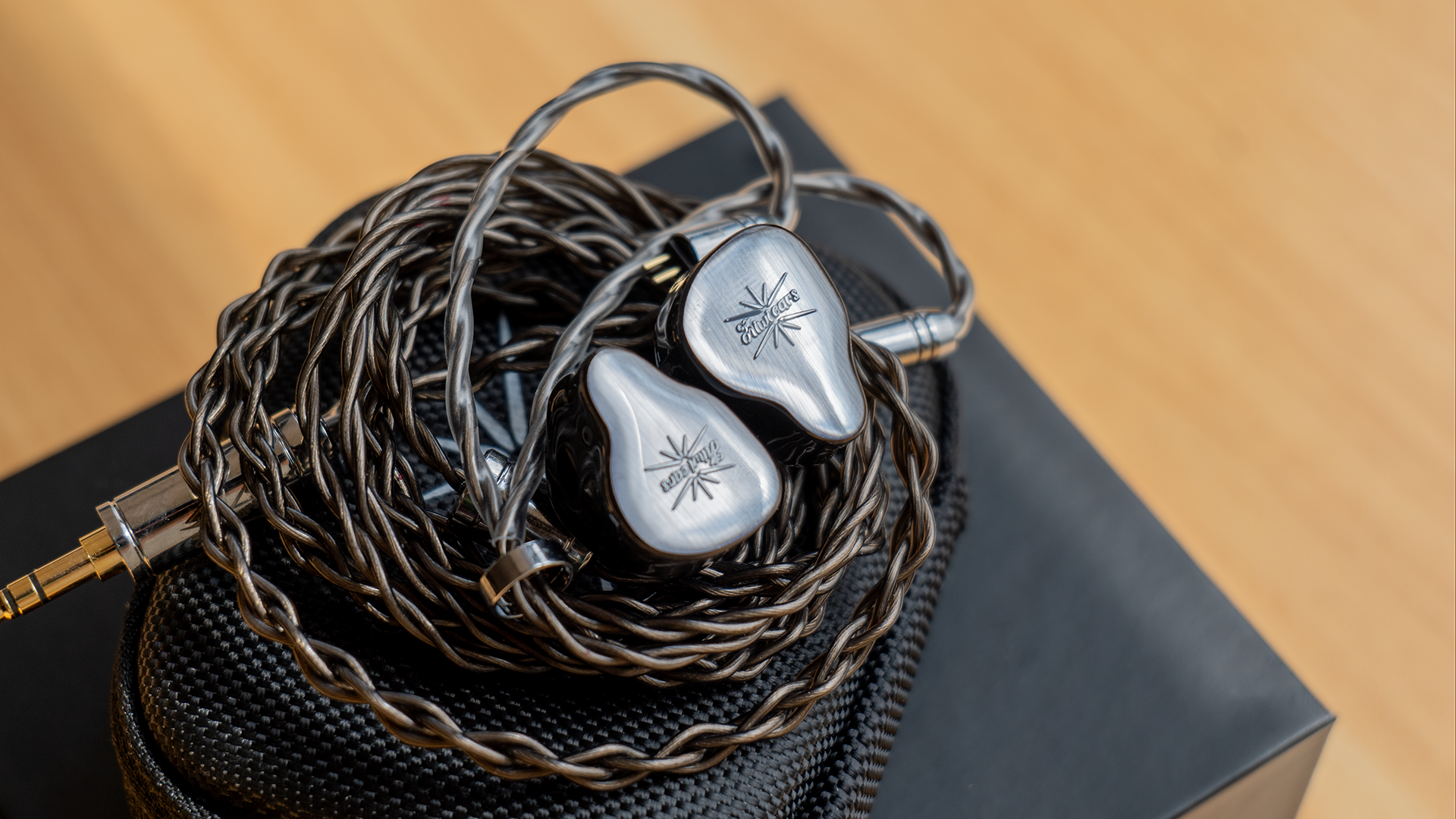
…but that’s because, like every other IEM that is currently tuned like this, KE4 has significantly more upper treble than I prefer, which almost entirely masks the elevation in the low treble and makes this IEM what I’d call “U-shaped.” This feature causes a few issues. The first is that I simply can’t recommend anything but stock tips with this IEM, because every aftermarket ear tip I tried ended up making a peak in the 12 kHz region significantly worse. The second is that, even with stock tips, cymbals sound overly tizzy, acoustic guitars sound plasticky, and vocals sound wispy.
My semi-hot take is that, like the bass, tuning treble like this is a relic of when IEM midranges were significantly worse than they are now. When we had midrange-forward IEMs adherent to the IEF Neutral 2020 target, they needed extra treble to balance the 1-2 kHz forwardness… but IEMs are starting to get really really good in the midrange, such that we don’t need these massive air boosts anymore.
Unfortunately this kind of tuning is still very new, and is largely being targeted without re-evaluating the tuning orthodoxy of the past in earnest. Hopefully manufacturers catch on soon and we can get IEMs that are balanced overall, instead of what we’re getting now with the “new meta” IEMs all being U-shaped because they have too much bass and treble for the amount of midrange present.
Despite my gripes with the bass, upper midrange, and treble… KE4 is still one of the best tunings out there, especially for the price. Any complaints I’ve had up to this point pale in comparison to the complaints I have about most of the other IEMs out in the market right now, so make no mistake: if you want something with a natural, slightly warm tuning, KE4 should probably not only be on your list, but near the top of your list.
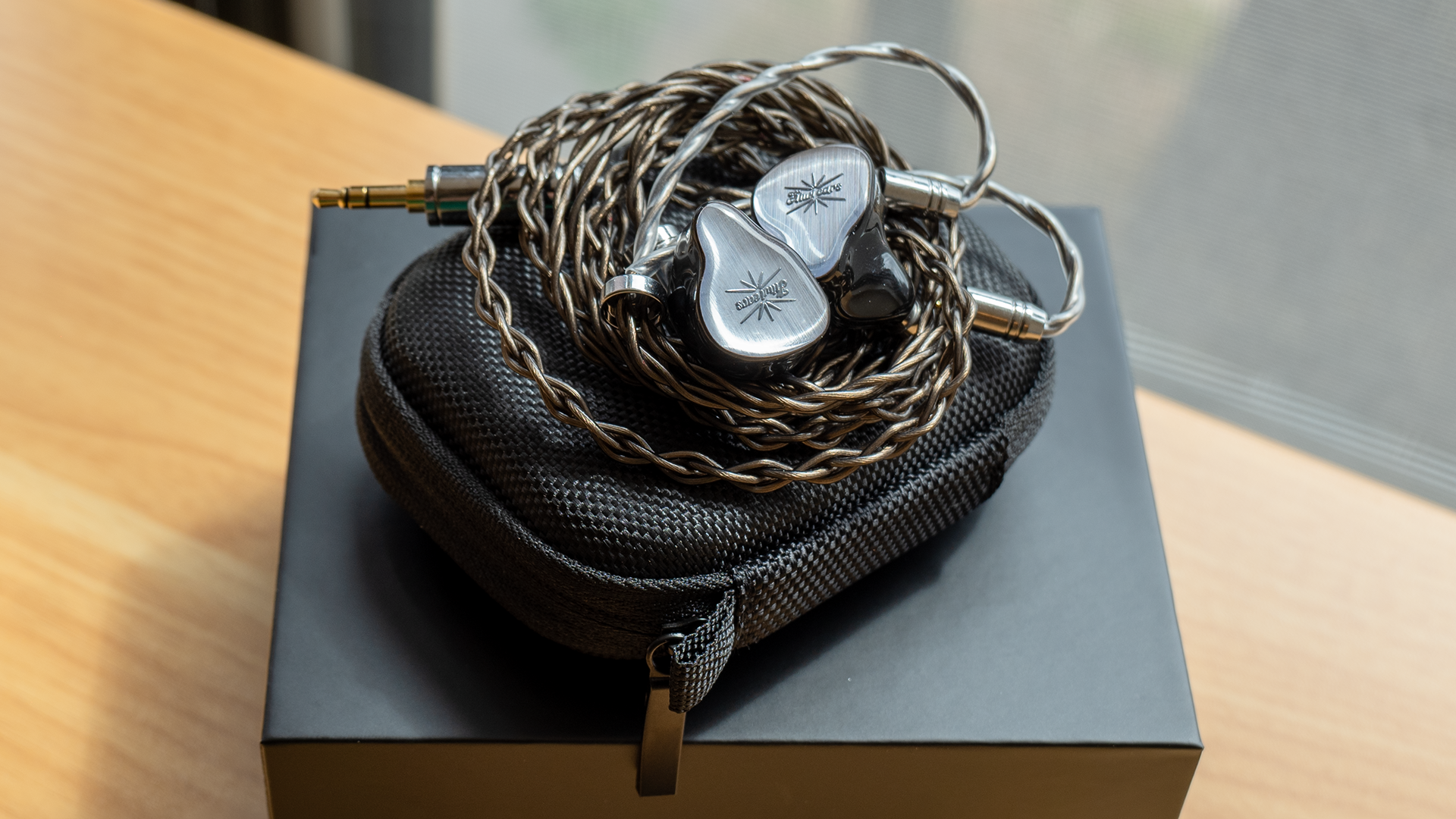
Subjective Impression
Unfortunately KE4’s warm-bright “U shaped” tuning tends to be a poor fit for the subjective qualities I tend to look for, the most important being a sense of dynamic and timbral contrast. As a result of its slightly mid-recessed (relative to the excess bass and treble) tuning is that KE4 has a tendency to soften transients and make everything sound a little mushy and slow.
While I wouldn’t say this makes it totally unengaging—the extra bass is likely to be enough to excite some listeners—it does cause the character of the IEM to be not especially dynamic or contrasty, instead leaning towards a homogeneously syrupy kind of presentation.
However, one potential benefit of this aspect of KE4’s presentation is a notable sense of perceived distance between “closer” fundamentals and “farther away” overtones. In this way it reminds me of the Symphonium Meteor, which is a bassy IEM with warm mids, which causes the lower registers to feel close and intimate, while the upper registers sound diffuse, distant, and the opposite of “in-your-face.”
Now, spaciousness or “soundstage” are very subjective qualities. Even if we hear the tone fairly similarly between us, we’re not guaranteed to unpack the same features the exact same way. For example, instead of perceiving a difference between tonal regions as “distance,” I could very well see a listener perceiving this kind of tone as just “claustrophobic due to excess lower midrange, or a deficit in upper midrange.” That said, KE4 struck me as one of the more spacious IEMs I’ve tried, so if you’re the kind of listener that cares about that, KE4 might end up being a good choice for that.
In terms of what audiophiles call “detail,” I think KE4 is probably going to be a bit poor for that quality relative to options with more forward midrange and treble. The slight upper midrange recession means texture is a bit de-emphasized, causing a bit of blurriness or haziness for things that are often purposely intense and textured like distorted electric guitars, horns, or synthesizers.
Again, the presentation for KE4 is largely that of the “relaxed” archetype, so if you’re looking for a “visceral, technical” monster, KE4 isn’t for you. But if you’re like me and just want a presentation that is eminently listenable, KE4 is a lovely, if slightly loose-sounding offering, one I’ve enjoyed quite a bit regardless of what I’m listening to.
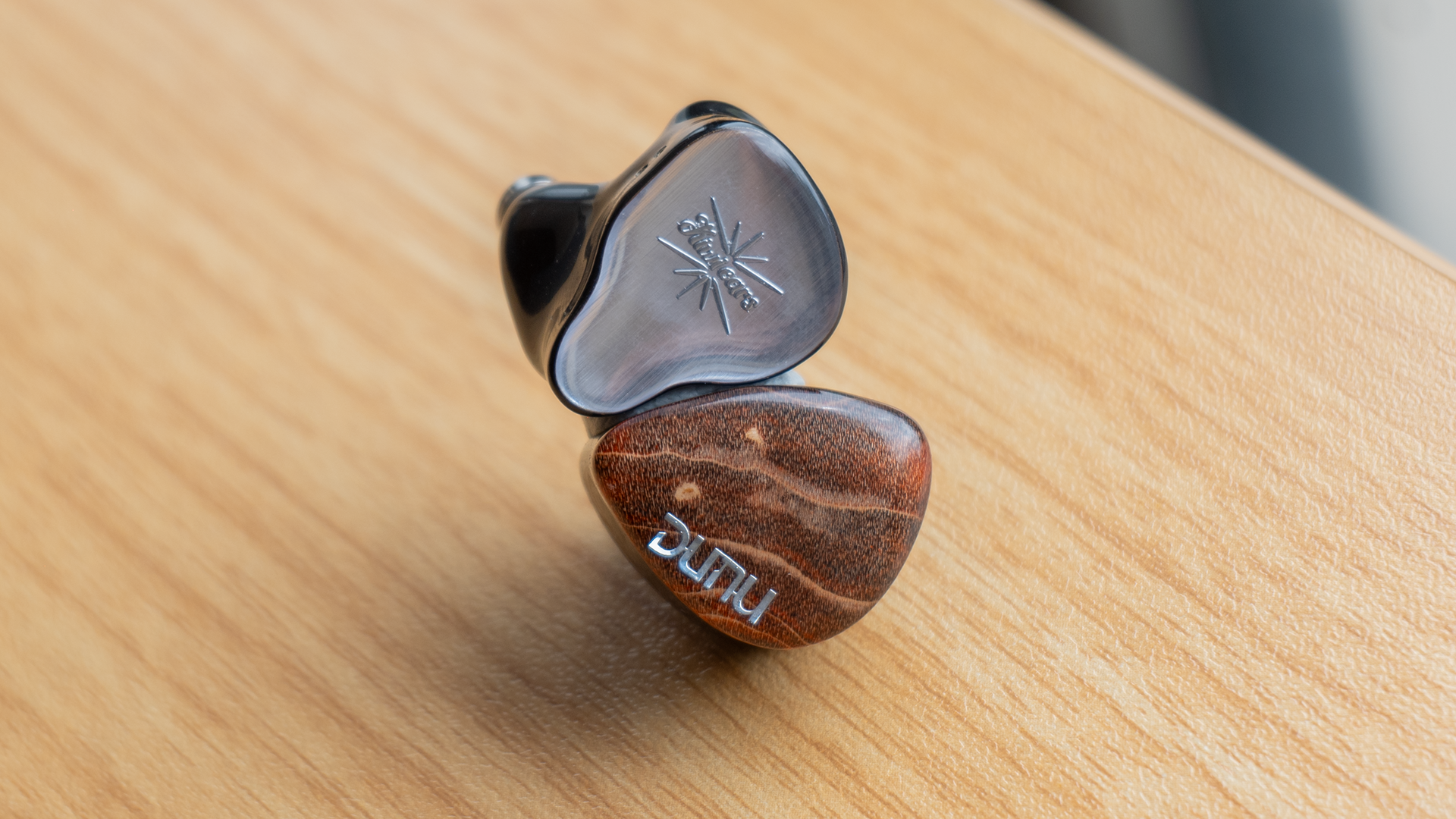
vs. DUNU DaVinci
After having even more time with the DaVinci, I’ve grown to appreciate its overall tonal balance even more than I did in my initial review. Even though the excess bass remains an issue, the midrange and mid-treble work rather well for me—better than other options like the DUSK, Mega5EST, or even the KE4 which by comparison aren’t quite to my taste in these areas.
However, because KE4 has less bass, it sounds significantly cleaner & more responsive than DaVinci does for most of my music. Even though KE4’s more relaxed midrange does mean it doesn’t sound quite as textured on things like guitar, it has an overall tonal balance that feels much more appropriate for basically any genre of music I’ve compared them with.
So in regards to tone, KE4 is probably what I’d prefer overall because it’s less defined by overwhelming mid-bass.
KE4 also does this while sharing what I felt was DaVinci’s strongest subjective strength: spaciousness. I feel both of these IEMs handle this quality rather well and present a relaxed, slightly distanced presentation. That said, the DaVinci is a bit better for things like transient integrity and dynamic contrast—likely due to the more filled-in upper midrange.
If I had to choose between the two, it would easily be the KE4, and that’s because even if the sound is a bit of a tossup between them, the price and comfort are anything but.
KE4 is a full $100 less expensive than the DaVinci, and the comfort… well it’s not even close. KE4 is one of the more comfortable hybrid IEMs I’ve used, while the DaVinci is among the least comfortable. Additionally, I much prefer the simpler, less “bug-like” look of the KE4’s shell.
Overall, DaVinci was—in my opinion—the one to beat in the “new meta” crop, as it didn’t have quite as much of the overly forward treble of Mega5EST and DUSK, and it didn’t require DSP to reach its full potential. But now, I think KE4 has overtaken DaVinci as the IEM to beat for this kind of tuning, as it’s similar in all of the important ways (for better and for worse) while being less expensive, better looking, and more ergonomic.
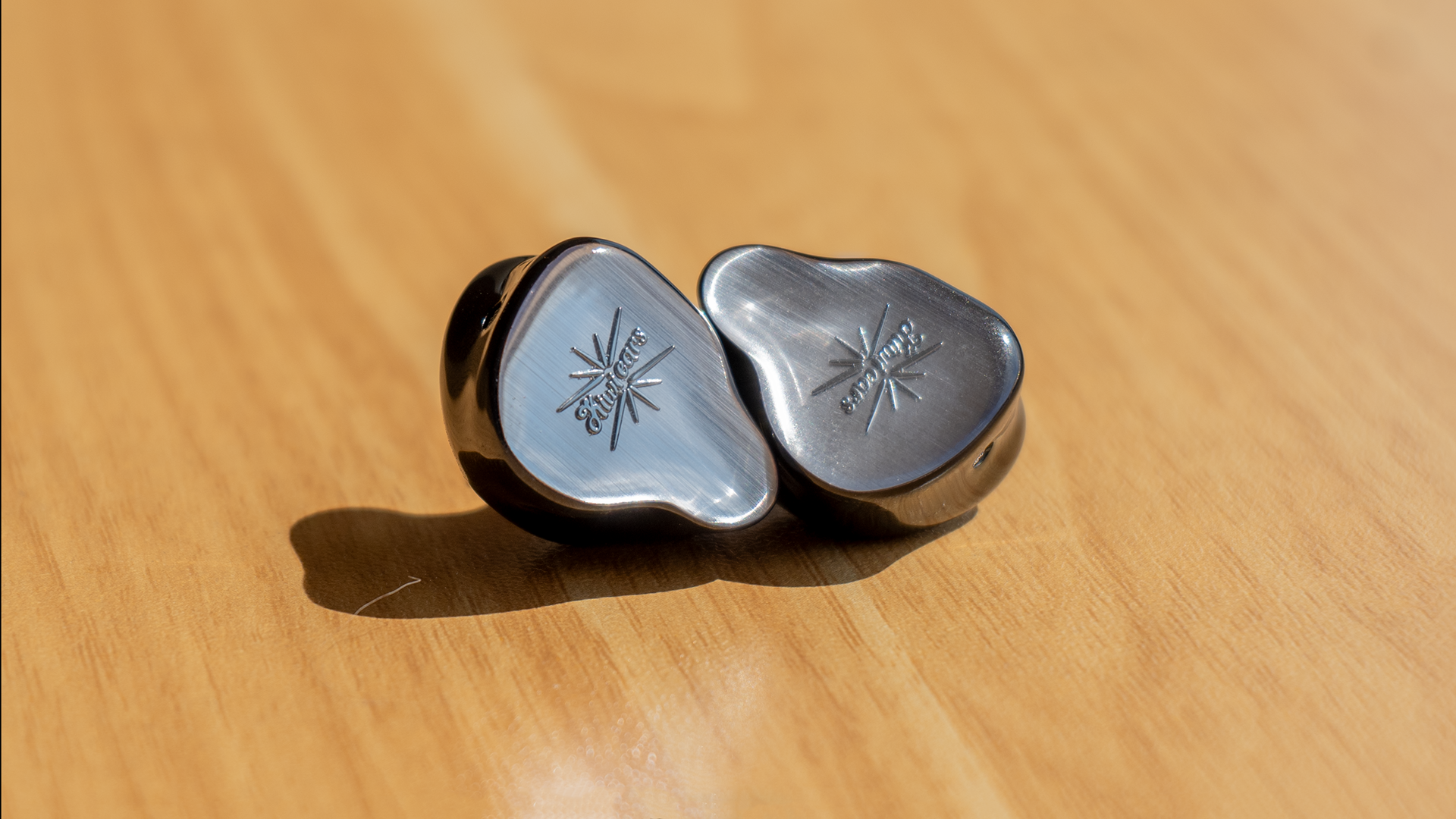
Conclusion
While KE4 is absolutely the IEM I'd choose to use out of any of the current IEMs on the market... I also think it’s just the best of an okay bunch. I like it quite a bit, and would totally reach for it over any other passive wired IEM currently on the market… but that’s because the bar isn’t exactly high. For that reason, as well as two others, I’d even go as far as saying KE4’s relevance as the cream of the “new meta” crop might end up being short-lived:
- We don’t know when Crinacle’s new “Project Meta” is coming out; we also don’t know how expensive, ergonomic, or well tuned its final iteration will be.
- Even if Project Meta ends up not measuring up to the value offering KE4 represents, IEMs as a market segment are on an upward trajectory of improvement, and something will likely come along soon that is either a better value, better tuning, or both.
My point with #2 is that, even though KE4 is very solid and totally worth the $200 you’d spend to get it, there’s still a ton of room for improvement.
None of the “new meta” IEMs—including KE4—have really gotten the bass or treble right, and even the price leaves a bit of wiggle room for something to be a better value. There’s still a lot of improvement on the table if any product decides to pair “new meta” midrange with the appropriate bass & treble level, with a compelling price to match.
We’ve not quite arrived at the “race to the bottom” I had hoped we’d be having at this time last year… as of right now I think we’re still working toward getting this type of tuning right. But even so, IEMs are getting better, and it’s an exciting time to be an IEM enthusiast for that reason.
Bringing things back to the KE4 though, Kiwi Ears deserves credit for how well-rounded of a package this is. It’s the first “new meta” IEM that doesn’t compromise in the comfort or crucial UX aspects that all of the other options with this tuning type have issues with, and it offers a very reasonable tonal profile with few glaring downsides.
So to that end, I’m happy to recommend the KE4… at least until the next step forward comes around.
